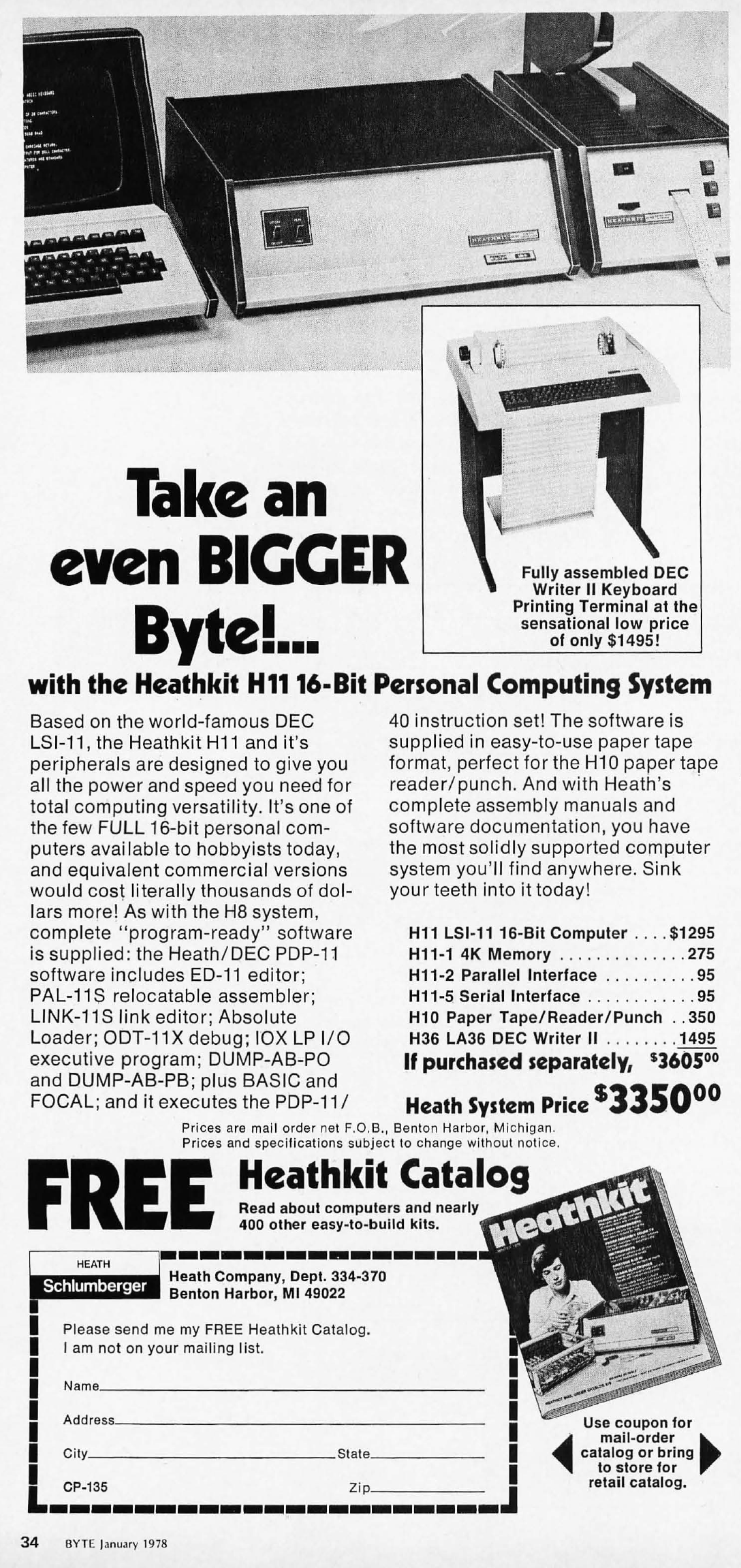
Write the c program for absolute loader; system software lab manual - abolute loader progams; code for absolute loader in CPP; absolute loader. Oct 12, 2014 Please explain me about the absolute loader and relocatable loader concepts. And also suggest me some good. To implement these loader as a program.
The absolute loader There are two types of loaders, relocating and absolute. The absolute loader is the simplest and quickest of the two. The loader loads the file into memory at the location specified by the beginning portion (header) of the file, then passes control to the program.
Iranian Lullabies Sima Bina Download Free Software. If the memory space specified by the header is currently in use, execution cannot proceed, and the user must wait until the requested memory becomes free. The relocating loader The relocating loader will load the program anywhere in memory, altering the various addresses as required to ensure correct referencing. The decision as to where in memory the program is placed is done by the Operating System, not the programs header file.
This is obviously more efficient, but introduces a slight overhead in terms of a small delay whilst all the relative offsets are calculated. The relocating loader can only relocate code that has been produced by a linker capable of producing relative code. A loader is unnecessary for interpreted languages, as the executable code is built up into the memory of the computer. WHAT IS A LOCATOR? Program locators convert the output of the linker (the executable file) into an absolute load format file. This type of file will eventually reside in specific memory locations, and is used to embed software into EPROM chips.

WHAT DOES A CROSS REFERENCE UTILITY DO? These allow the programmer to generate a table that lists all symbols, labels, names, modules etc. Each occurrence is listed, and generally the source program is given line numbers to facilitate this process. The cref utility should detect data variables and assign symbols to them, presenting a variety of formats (by name, module etc). The cref table is useful in debugging, as the programmer can ascertain in which modules a particular variable is referenced. WHAT IS A DISASSEMBLER?
Disassemblers convert machine code instructions into mnemonic opcodes and operands, facilitating debugging at the machine code level. The more sophisticated disassemblers provide for • generation of symbols and labels • cross reference tools • disassembly of memory or disk files • output of disassembly to disk file • relocation information WHAT ARE DEBUGGERS AND MONITORS? A monitor is a small program that allows machine code access. Kenmore Range Model C880 Manualidades. A monitor provides, • manipulation of memory • manipulation of processor registers • simple trace, single step, go commands • breakpoints • maybe a disassembler and inline assembler • disk/tape i/o Debuggers provide much the same facilities as monitors, but generally provide a wider range of features, • provision for HLL source debugging • split screens, windowing • reference by symbols, module names and labels • radix changing • dynamic tracing of hardware interrupts • Operating System calls and stack tracing WHAT IS A CROSS ASSEMBLER? Cross assemblers allow a programmer to develop machine code programs on one computer system for another system (target). In this way, a programmer can develop a machine code program for a Macintosh computer system using an IBM-PC. The cross-assembler running on the PC generates the machine code instructions necessary for the Macintosh.